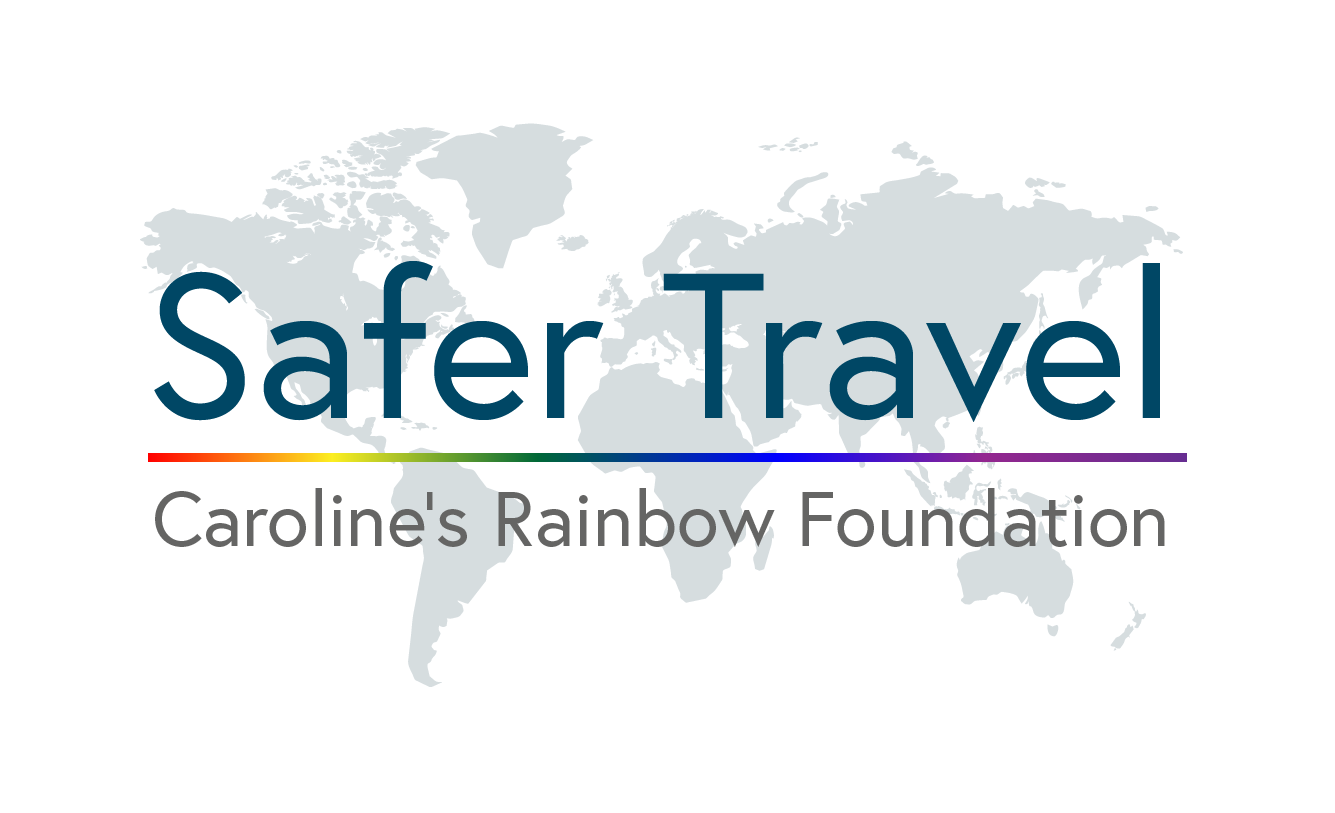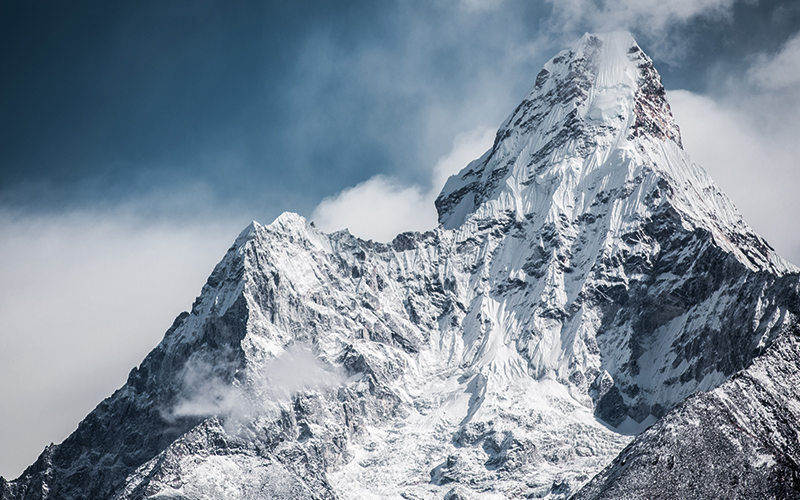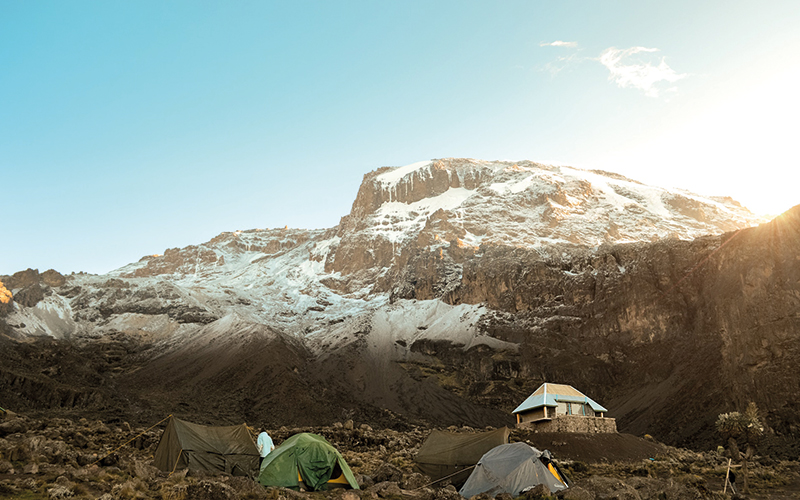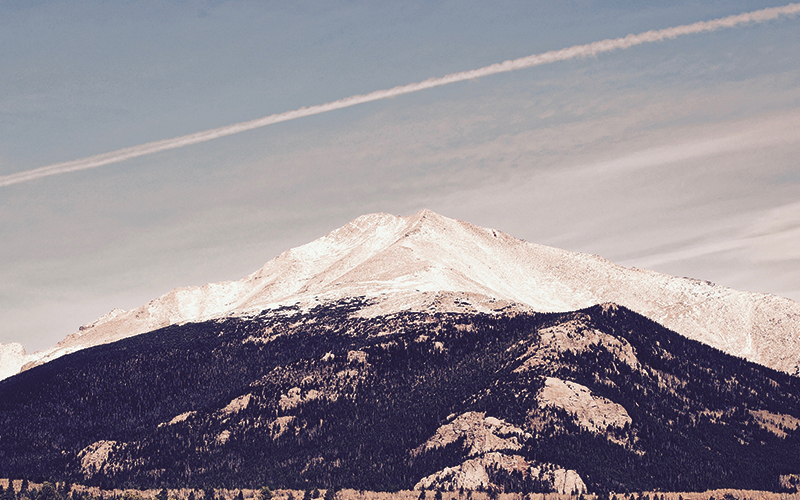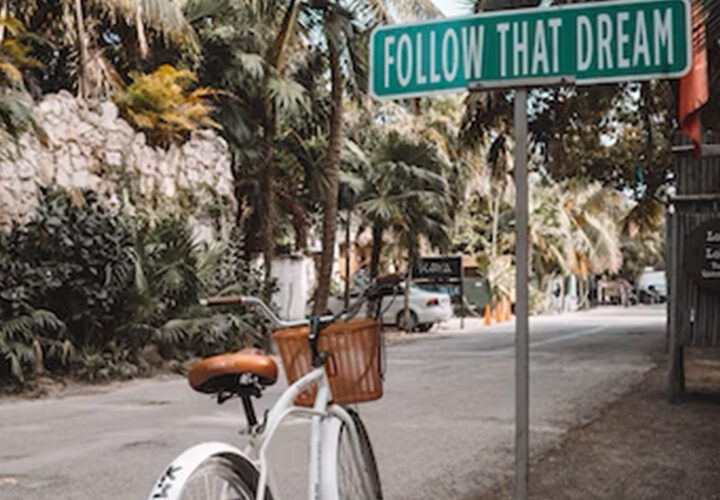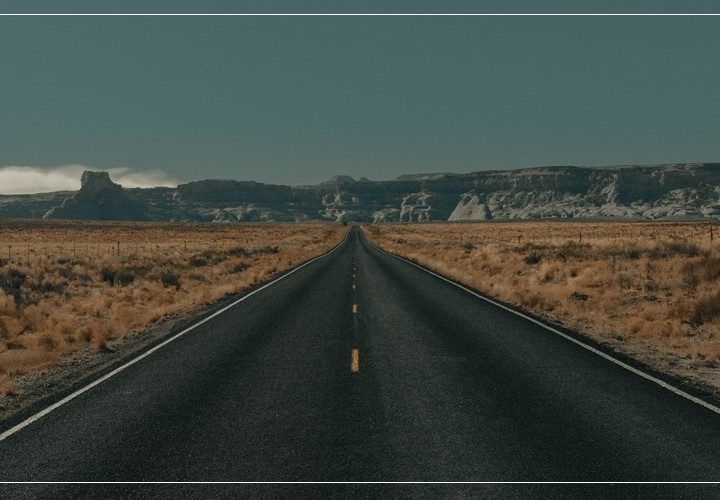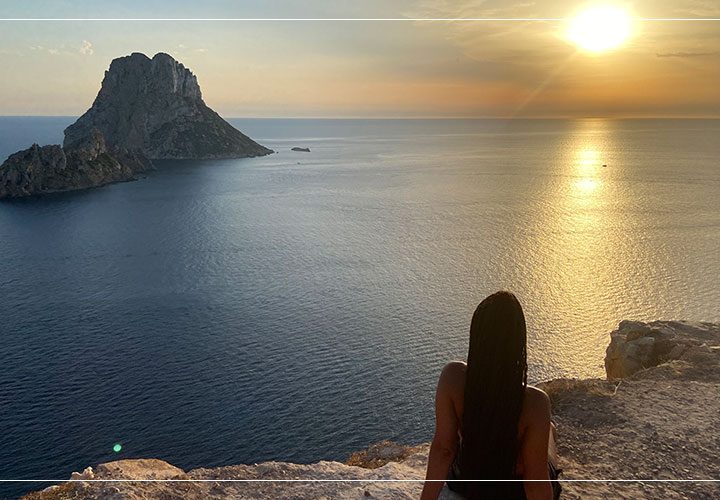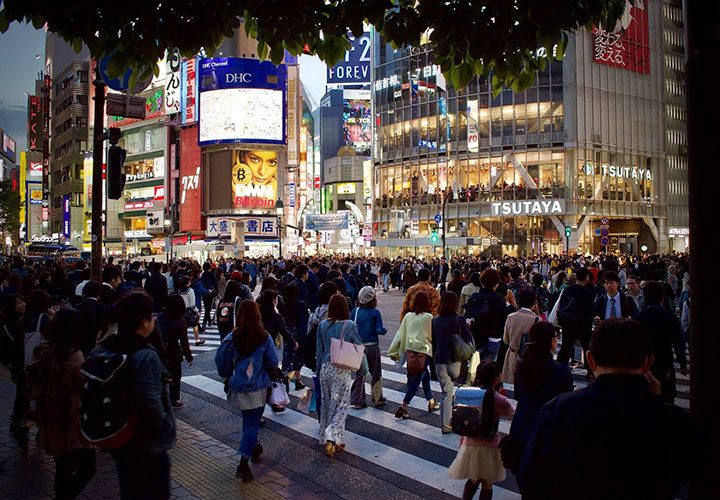Mount Kilimanjaro Climb
I got offered the extraordinary opportunity to climb Mount Kilimanjaro as part of my familiarisation trip in Tanzania. Needless to say I jumped at the opportunity without hesitation.
Before we begin with all the information and advice I gathered prior to actually climbing the mountain, a quick geography and background lesson: Mount Kilimanjaro is situated in North East Tanzania almost on the border with Kenya. There are two main towns at the foothills of the mountain namely Moshi and Marangu.
These two towns serve as ‘base camp’ from where most mountain climb companies operate and where basically all travellers will overnight prior to and after climbing. You will fly into Kilimanjaro Airport should you wish to climb Kili – and on clear days you can actually see the mountain from the airport (roughly 1 hours drive from the base). There are multiple routes one can take to reach summit with all of them having their own unique characteristics. Marangu (Coca Cola Route), Machame (Whiskey Route), Rongai and Lemosho are the 4 main routes with Machame being the most popular. Should you make it to the top you will reach Uhuru Peak (Swahili for Freedom) at a staggering 5895m above sea level and also the highest point on the African continent.
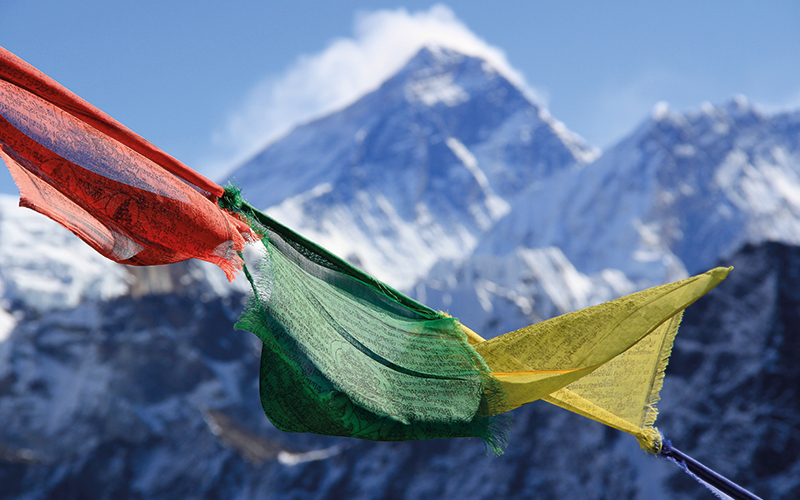
We chose to do Marangu Route, also known as the Coca Cola route.
We chose to do Marangu Route, also known as the Coca Cola route. The main difference from this route with the others is that it is the only one where climbers overnight in Scandinavian style huts instead of tents. Also you depart from Marangu and not Moshi……and you can buy coca cola at the rest camps. Many people make the mistake of thinking that Marangu Route is the easiest one out of the bunch, but in actuality it has less than a 50% success rate! The main reason for this is that would be climbers opt for the ever popular (and cheap) 5 day climb. Something I would advise against right from the start. With only 5 days to ascend nearly 6000m and descend as well most people find difficulty with acclimatizing to the sudden change in air pressure. This coincidentally is also the main culprit preventing climbers from reaching summit in most cases on all routes.
The best amount of time to acclimatize fully is between 6-8 days in total on the mountain. One can also climb the mountain year round except for the months of April and May when Tanzania has its long rain season. Best months are January to March and August to October.
Now that you have the formalities out of the way, it is time to choose a mountain operator to take you on your adventure. The obvious thing to do would be to search for the cheapest operator right? Wrong, the sad reality is that many fly by night operators do not treat their mountain porters (the guys carrying your main luggage up the mountain) fairly. Therefore please make sure the company you end up using belongs to porter associations etc. When you are on the mountain you will see what a day in the life of a mountain porter looks like and it is astonishing what these guys (and girls) can do!
I come from a coastal town in South Africa and I will be kidding myself if I would say I am super fit. This caused reason for some concern in the beginning as I had no idea how my body would react to the high altitudes, the below zero temperatures and if I would be able to trek nearly 80 Km over a period of 6 days straight.
Therefore I started training about 2 months prior to the actual climb by just hiking frequently and walking in hilly areas with a backpack a couple of times a week. Every now and then I would go to the gym for a while and that was that. Gear was another problem I was faced with as coming from sunny South Africa I was not kitted out with extreme cold weather apparel. Luckily there is an easy solution for people in similar situations. You can rent all the heavy gear you need on site or from your operator. Making packing easier and avoiding buying expensive gear you are sure to never use again. Unfortunately there is nothing one can do regarding acclimatisation sickness. Everybody climbing Kilimanjaro eventually feels some sort of discomfort during their stay. Drink lots of water and go Pole Pole (Slowly Slowly)!
Everyone differs in their packing habits. Some tend to over pack and others seem to only take a toothbrush with them during their travels. If you are going to climb Kilimanjaro you have to be very precise about what you are taking with you and what not. Luckily your operator will provide you with an extremely thorough packing list before departure and the internet also have hundreds available (always good to compare some of them). Some things I could not have gone without are as follows: Worn in waterproof hiking boots (blisters are nasty); Trekking poles (to lighten the load on your knees) and then some snacks (nothing makes one feel better than chocolate right?) The rest of the gear is all the standard stuff, but make sure you have everything! You do not want to realise you forgot something when it is too late and you are stuck halfway up the mountain.
Tanzania is a malaria area and therefore you are advised to take the necessary precautions to prevent you from contracting the disease. There is no Malaria on Kilimanjaro as such, but in Moshi most definitely and chances are you will make use of your time afterward to see some wildlife.
After all the above information I can tell you that I made it to the top of Mount Kilimanjaro successfully. On 5 March 2012, 07:30 AM I was the highest person in Africa. I think luck had a lot to do with it. We had wonderful weather throughout and it was an experience I will never forget and an achievement I am most proud of.
To conclude, my last advice would be to not overthink everything. I spent many nights prior to the climb lying awake worrying if I would be able to do it. Fact of the matter is how many times are you going to climb Mount Kilimanjaro? You might as well enjoy the experience!
